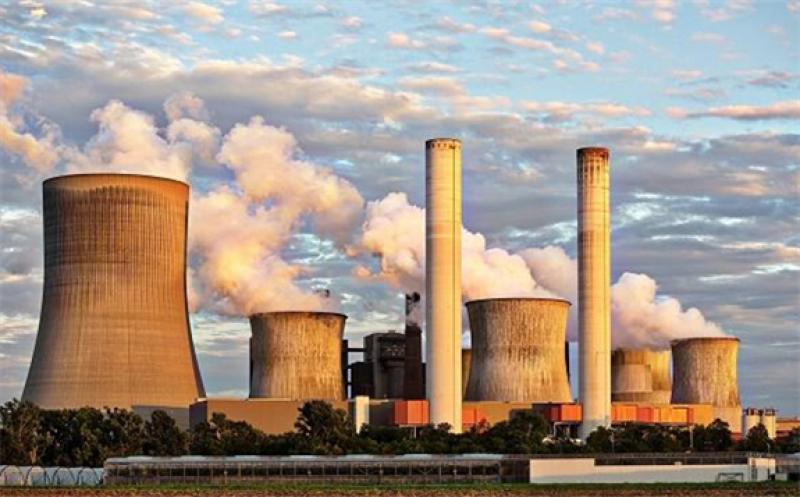This is particularly true for China, Japan, and South Korea.

Nuclear energy may not be the popular choice, but it remains critical in reaching carbon neutrality, according to Wood Mackenzie APAC vice chair Gavin Thompson.
In his latest blog post titled “APAC Energy Buzz: Nuclear – the cleanest dirty word”, Thompson said more than half of global carbon emissions currently come from big economies that have pledged carbon neutrality at certain dates, particularly those from Northeast Asia.
“China alone contributes 32% of global carbon emissions, and Japan and South Korea around 3% and 2%, respectively,” said Thompson. As these countries are the world’s largest oil, gas, and coal importers, the journey to carbon neutrality will require a fundamental redesign of energy systems.
Capital flows into renewables will be huge, noted Thompson, but budget will also be allocated for green hydrogen, fuel cells and CCS/CCUS projects, energy storage, and end-user consumer management. However, these are not enough. “Northeast Asia’s carbon neutral targets will be very difficult to meet by renewables alone, given the need to massively increase electrification,” commented Thompson, noting that due to a significant size difference, it will be 10 times harder for China than it is for Japan or South Korea.
So, nuclear energy comes into the picture—a highly controversial source of power which divides opinion unlike any other. Thompson backed this claim by mentioning the Fukushima Daiichi nuclear disaster in 2011, which “fuelled widespread hostility to nuclear power, not only in Japan but also in South Korea, and noticeably tempered China’s nuclear power ambitions.”
In spite of this, he mentioned that he’s had a conversation with Frank Yu from Wood Mackenzie’s APAC power and renewables team, about how carbon neutrality is to be achieved, Northeast Asia will need significantly more nuclear power.
Nuclear energy has a future in Northeast Asia, Thompson concluded, but it’s necessary to clearly distinguish its role in China as compared to its role in Japan and South Korea.
“Public sentiment in China is more ambivalent, with less opposition to nuclear and therefore a more supportive environment for [the] government and developers to get projects approved and constructed,” said Thompson, whilst “for Japan and South Korea, anti-nuclear sentiment is widespread, with relatively high levels of opposition to both existing and proposed plants.”